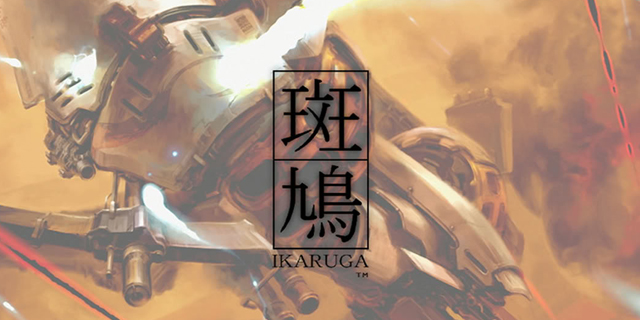
Most games have a clear set of goals in mind for the user to experience. This usually involves completing the game’s main campaign; starting a new game, going through levels and defeating the end boss. Roll the credits. You can now discuss what you thought of the ending with fellow players, or start a discussion on the game’s themes without feeling left in the dark.
Some of the more interesting experiences come from when players go off the beaten path. They ignore the checklist given to them by the developers. Maybe they go for every achievement, or try to play with a heavy handicap, or try something nobody in the world has yet. It is this dedication to mastery that I find so fascinating. To apply time, practice and discipline necessary to master a game means there’s a deeper connection and a more personal attachment. Why does this happen? READ MORE
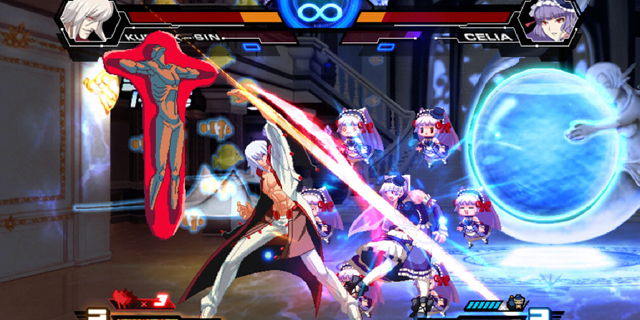
Arc System Works, more known for publishing and developing games like Guilty Gear, BlazBlue and Persona 4: Arena, has a knack for releasing fast-paced, unique fighters that seem to cater to an niche crowd. FK Digital-developed Chaos Code is no different. Released in Japanese arcades back in 2011, the game has now been released on North American PS3s. So how does this quiet Taiwanese game stack up against more well-known fighters? READ MORE
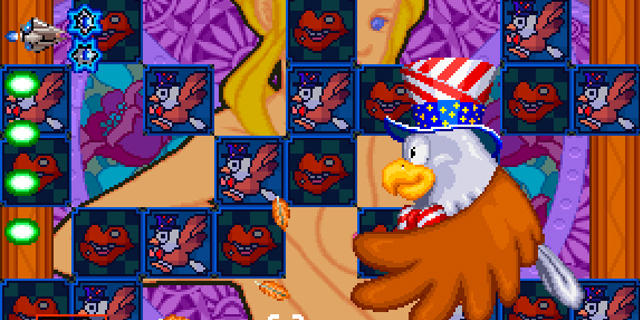
Sexy Parodius was never released in the United States. It’s said that the patriotic American bald eagle that acts as a recurring boss in the series would have been considered inappropriate.
How that boss is singled out when there’s a psychic raccoon whose giant testicles explode when defeated is beyond me. READ MORE
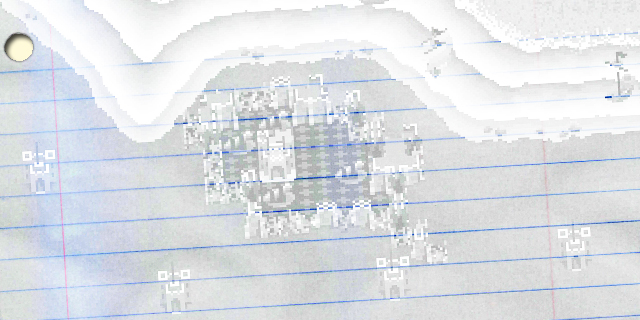
Genre 101 is a series that looks at the past and present of a game genre to find lessons about what defines it. This week, Justin tells us how fending off waves of creeps became a global addiction.
Fortify and survive
 Justin Last: Build your castle, place your cannons, and fend off the unrelenting hordes. 1990 arcade release Rampart ran in phases: “Prepare for Battle”, “Build and Repair” and “Place Cannons.” As an active participant the “Prepare for Battle” round, you shoot cannons at enemy ships and grunts. “Build and Repair” is where castles are built from Tetris-esque blocks, and “Place Cannons” is self-explanatory. It doesn’t feel like what we play today, but Atari’s arcade effort started the defense genre. READ MORE
Justin Last: Build your castle, place your cannons, and fend off the unrelenting hordes. 1990 arcade release Rampart ran in phases: “Prepare for Battle”, “Build and Repair” and “Place Cannons.” As an active participant the “Prepare for Battle” round, you shoot cannons at enemy ships and grunts. “Build and Repair” is where castles are built from Tetris-esque blocks, and “Place Cannons” is self-explanatory. It doesn’t feel like what we play today, but Atari’s arcade effort started the defense genre. READ MORE
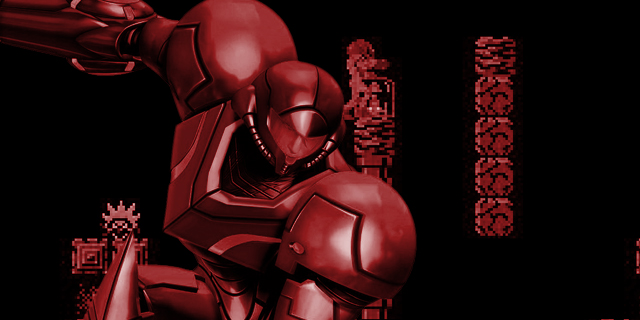
In From Pixels to Polygons, we examine classic game franchises that have survived the long transition from the 8- or 16-bit era to the current console generation.
Few games inspire an entire genre the same way Nintendo’s classic Metroid series did. Quite a few games these days are described as Metroidvanias, a weird amalgamation of two once entirely different series (which is now considered the best way to describe an entire subgenre), but Metroid is where it all began. The series has changed drastically over the years, but at its core has remained fundamentally the same, for better or worse. Here’s a look at the history of everyone’s favorite bounty hunter, Samus Aran, and her many intergalactic adventures.
READ MORE







 Justin Last: Build your castle, place your cannons, and fend off the unrelenting hordes. 1990 arcade release Rampart ran in phases: “Prepare for Battle”, “Build and Repair” and “Place Cannons.” As an active participant the “Prepare for Battle” round, you shoot cannons at enemy ships and grunts. “Build and Repair” is where castles are built from Tetris-esque blocks, and “Place Cannons” is self-explanatory. It doesn’t feel like what we play today, but Atari’s arcade effort started the defense genre.
Justin Last: Build your castle, place your cannons, and fend off the unrelenting hordes. 1990 arcade release Rampart ran in phases: “Prepare for Battle”, “Build and Repair” and “Place Cannons.” As an active participant the “Prepare for Battle” round, you shoot cannons at enemy ships and grunts. “Build and Repair” is where castles are built from Tetris-esque blocks, and “Place Cannons” is self-explanatory. It doesn’t feel like what we play today, but Atari’s arcade effort started the defense genre. 
















